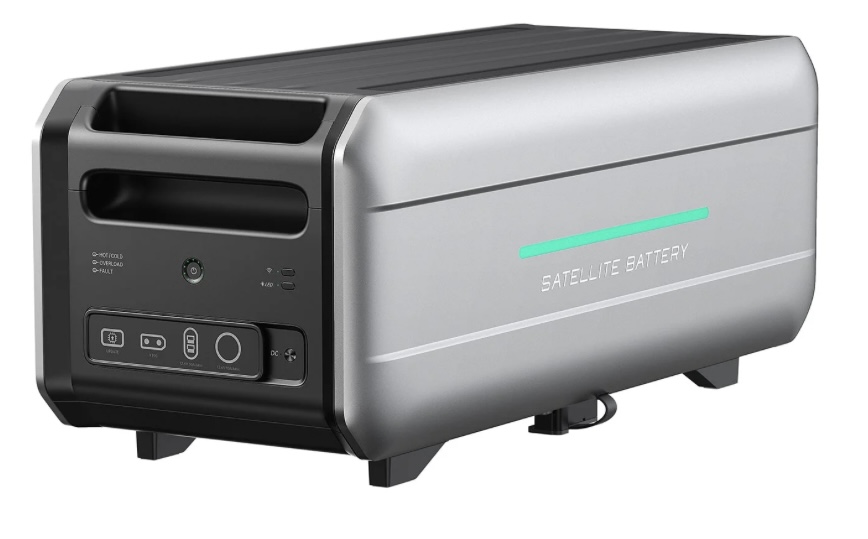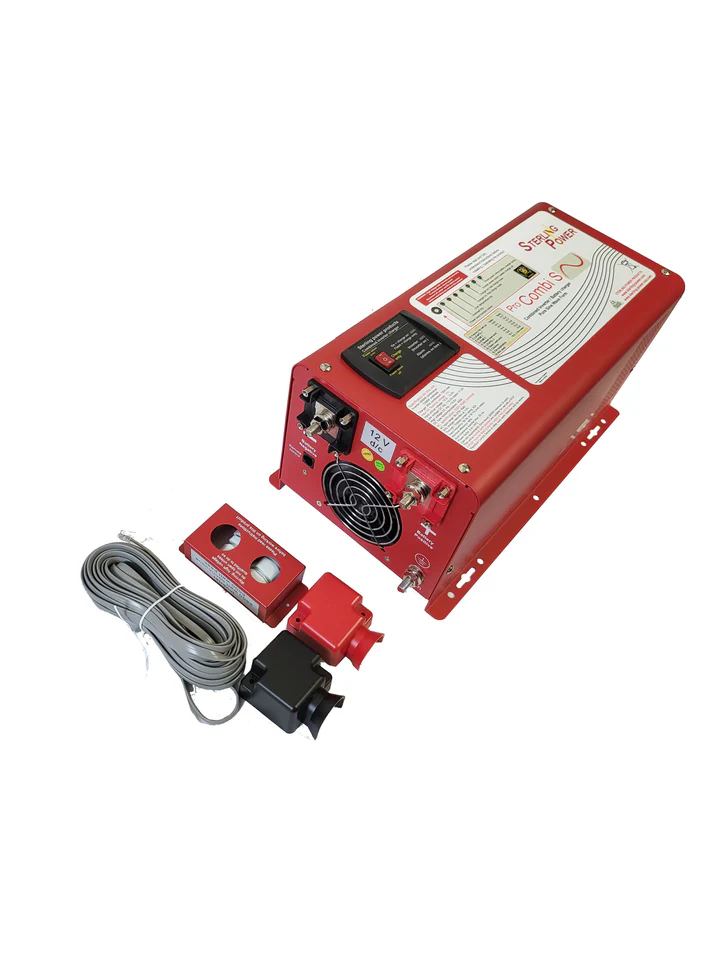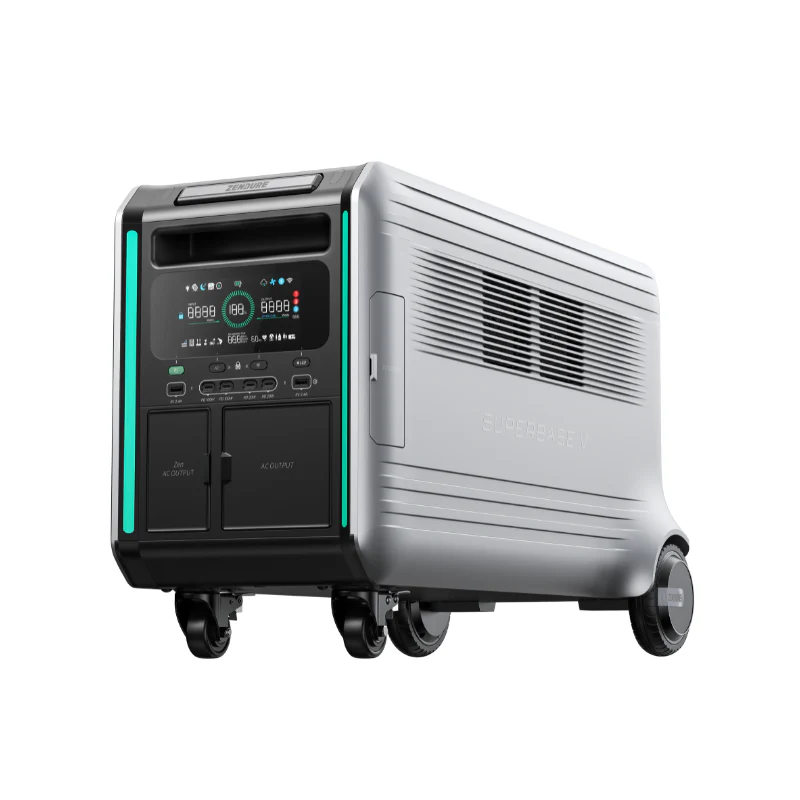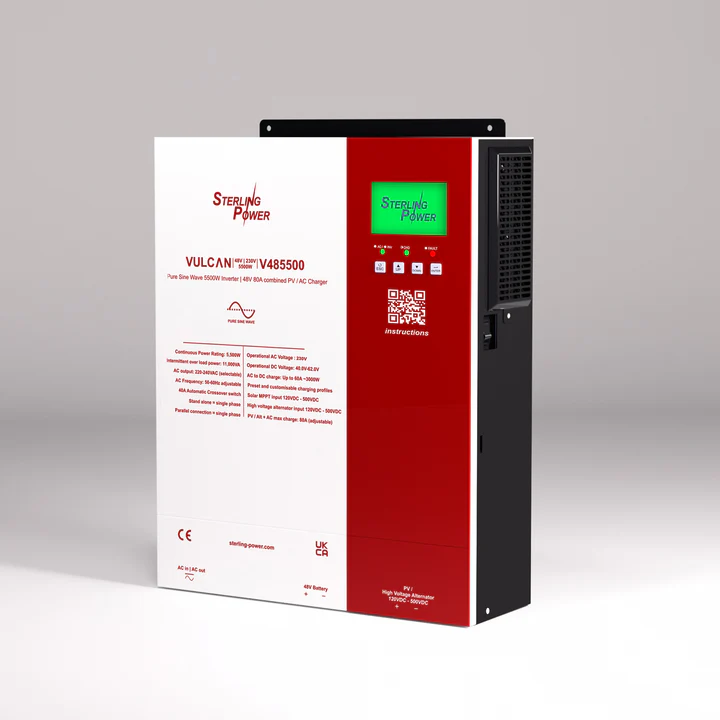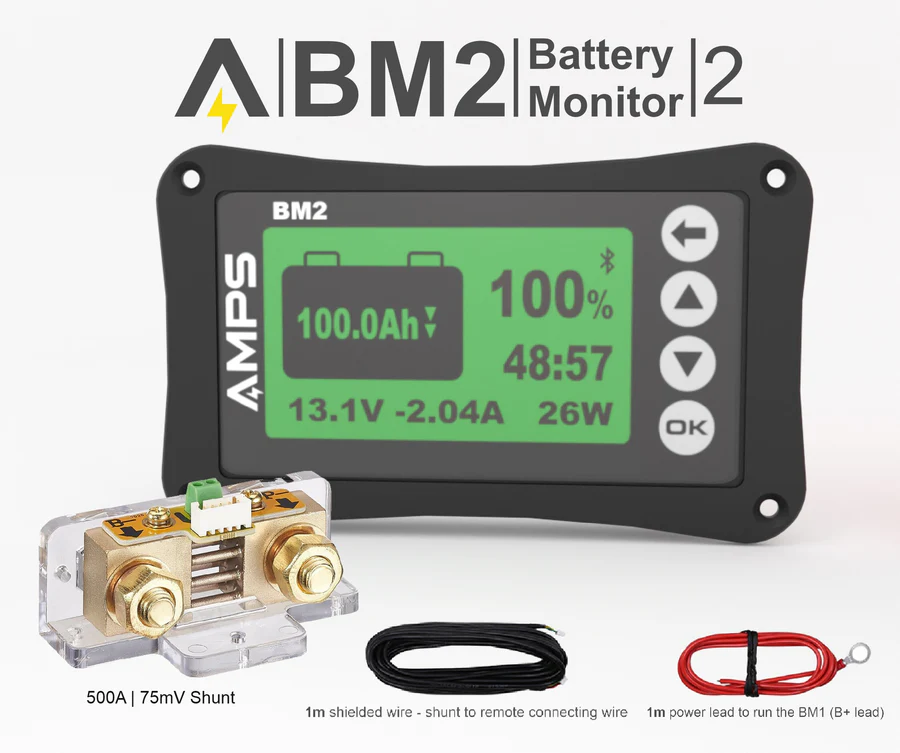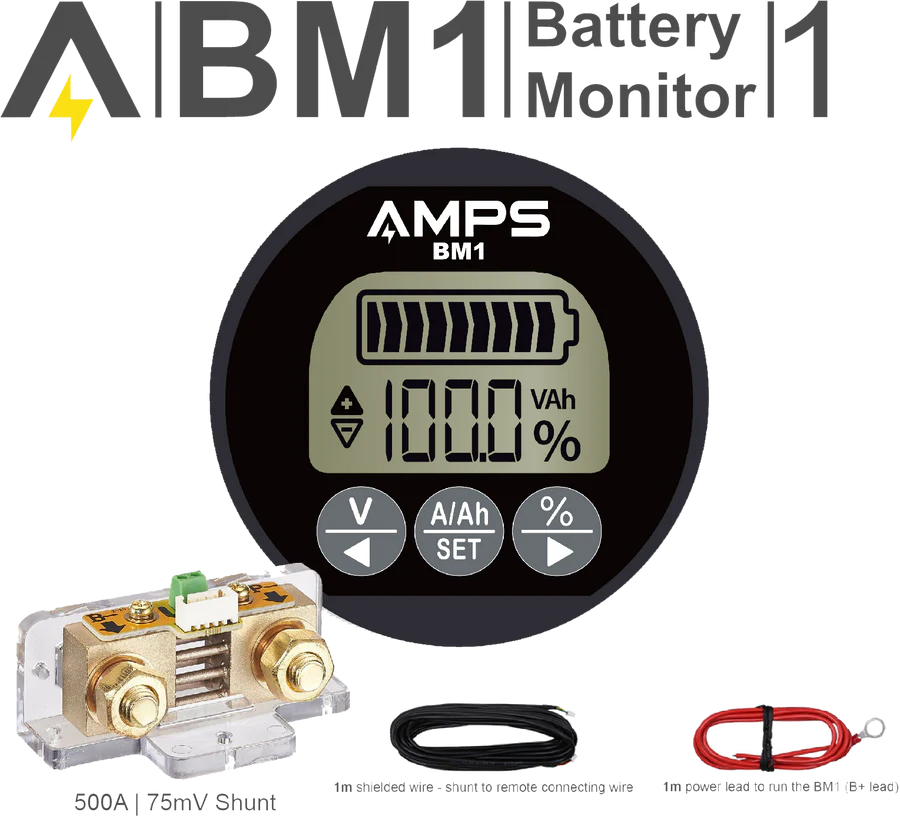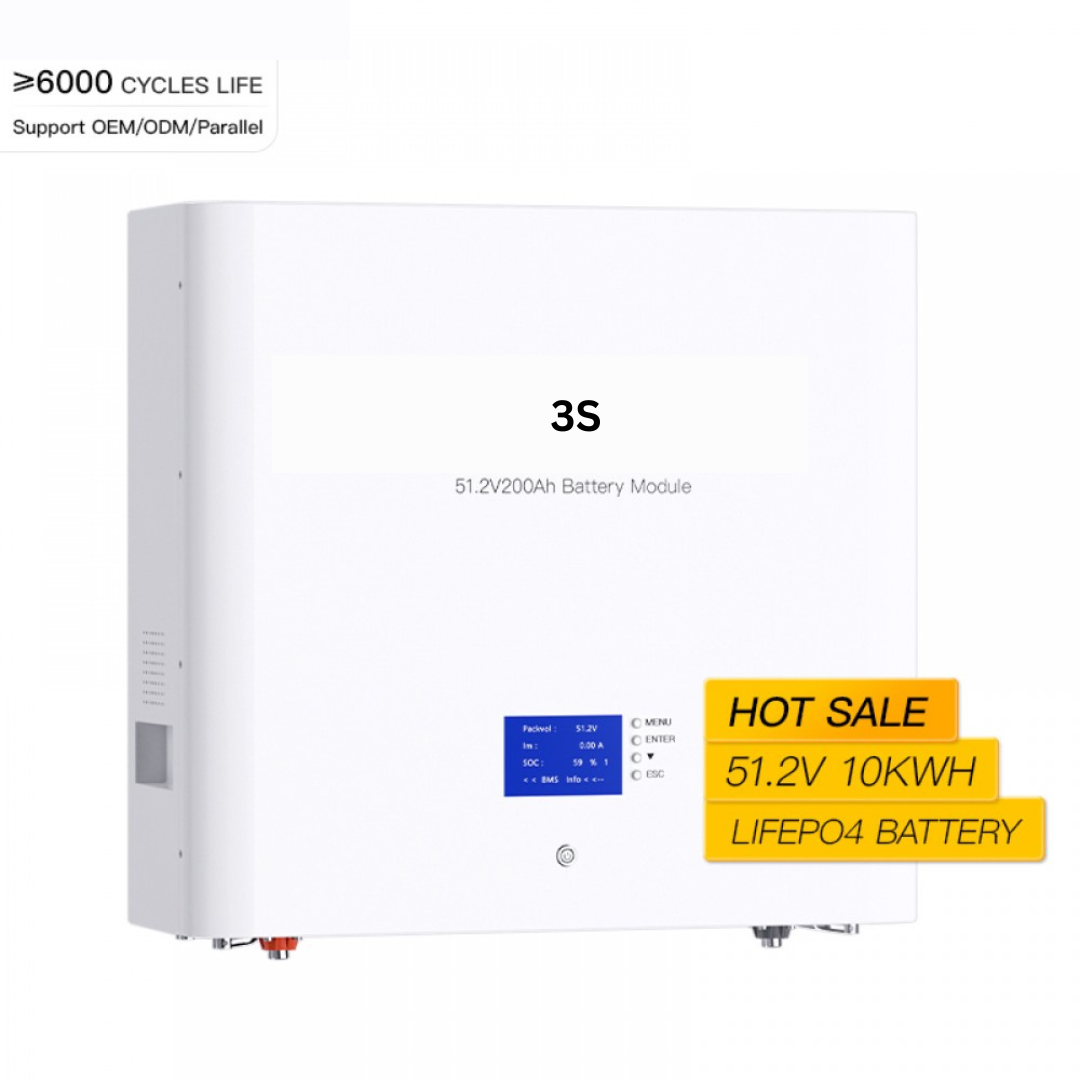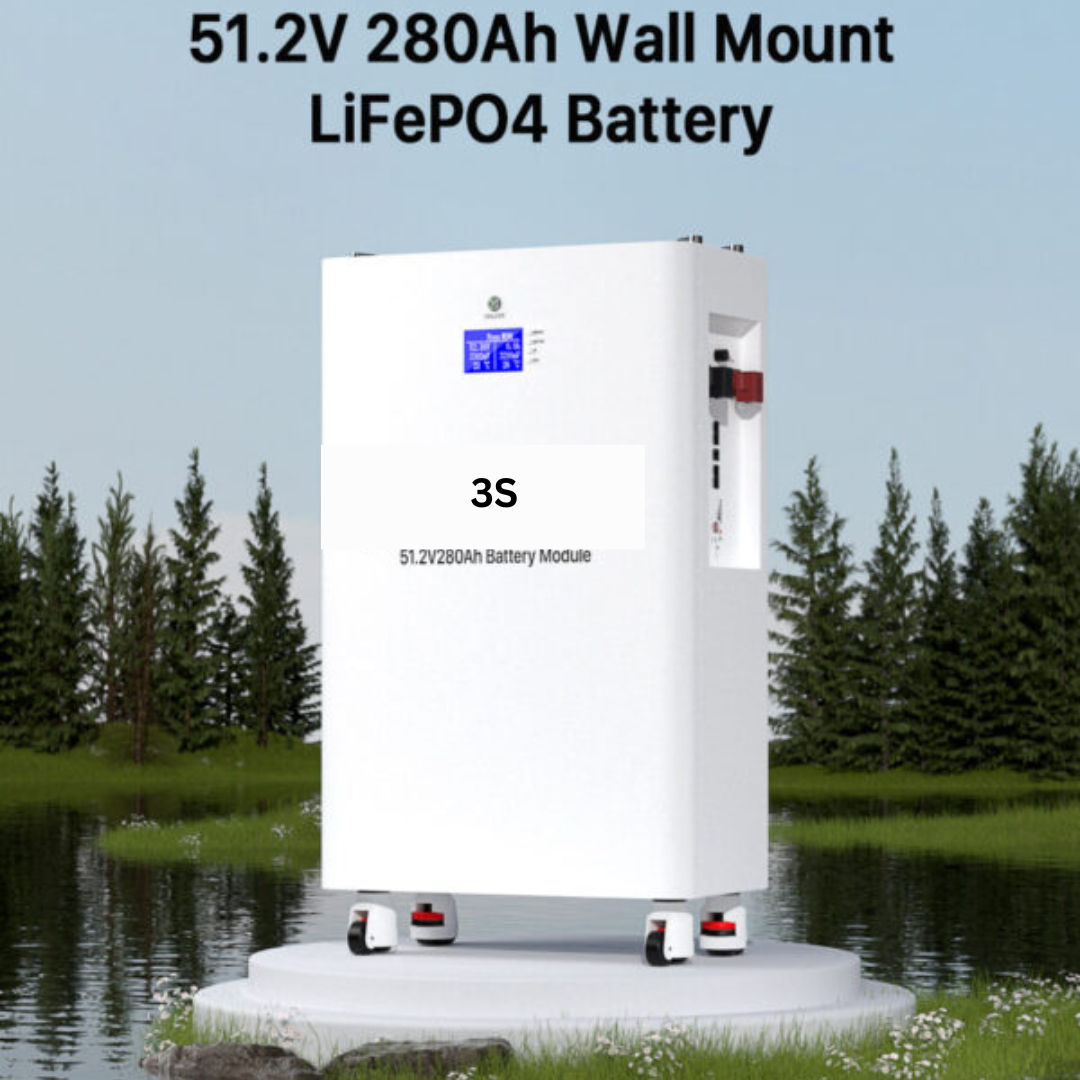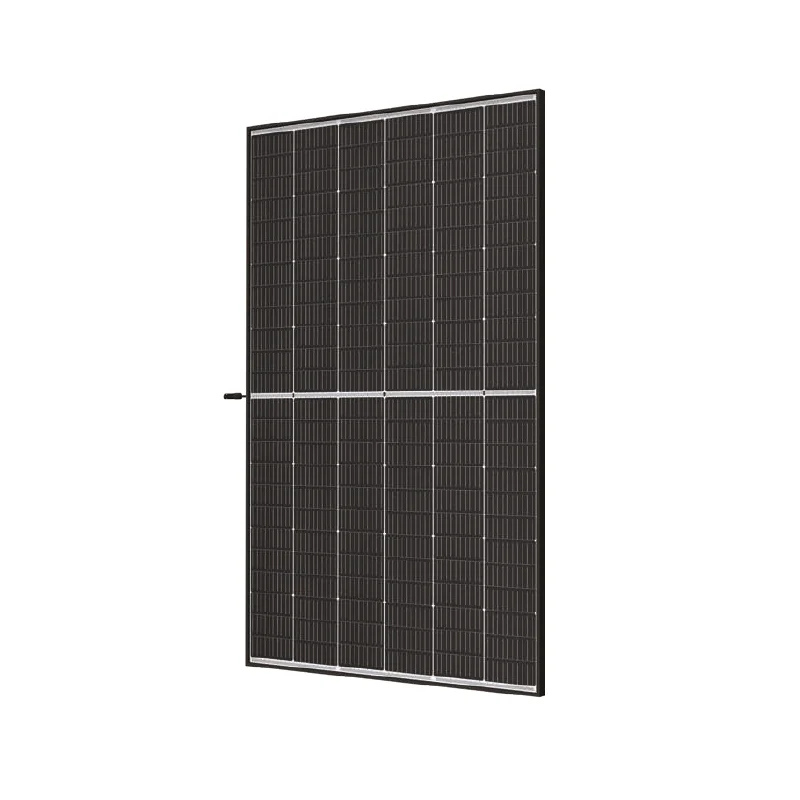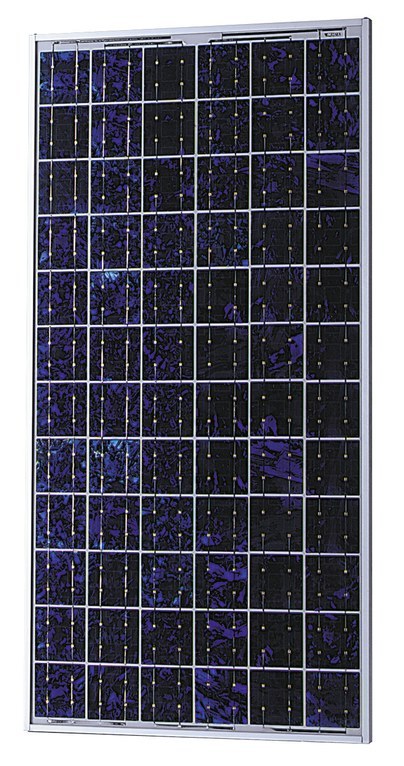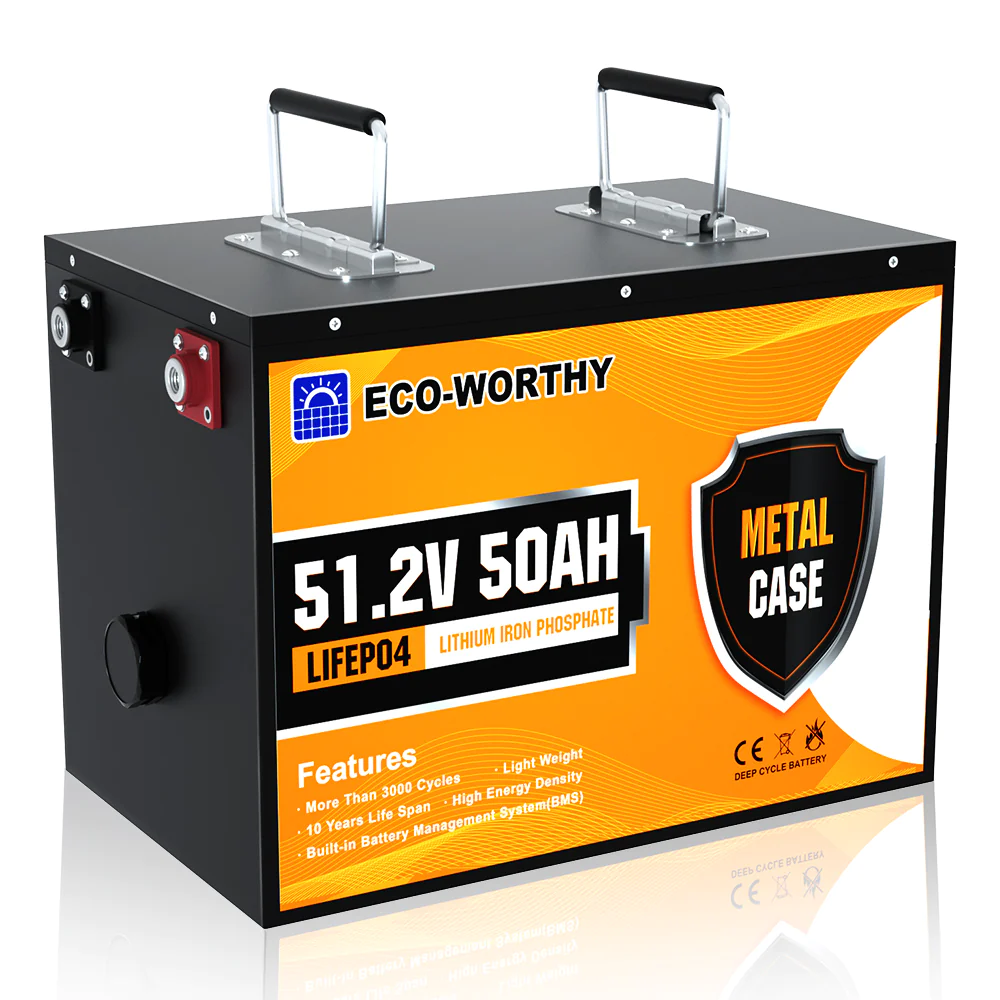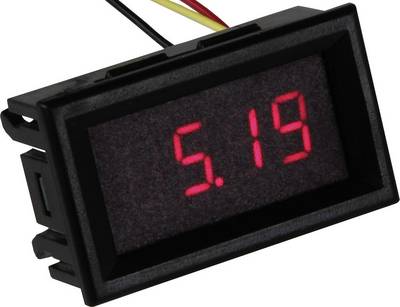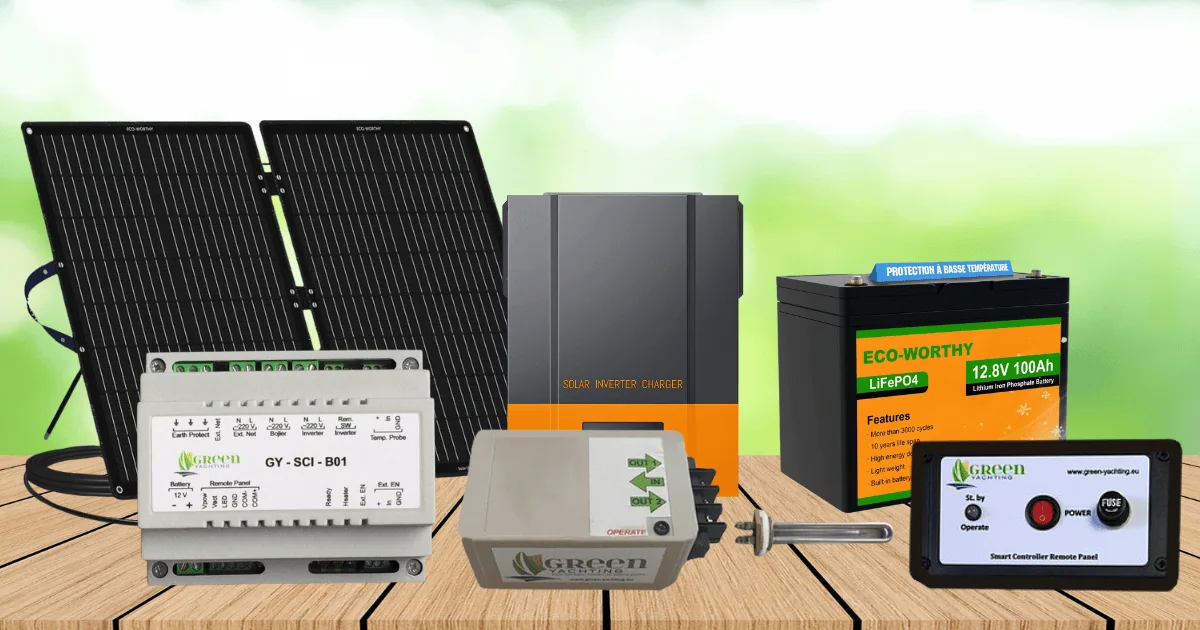Off-grid Sites inc Tiny Houses
Super Solar Systems owners live on a newly built 20 x 5m houseboat on the Loire river. It started life as a tiny house that grew, but it was intended to be built on land not afloat. The requirements of most off-grid houses are exactly the same as those of our houseboat.
Start with working out how much electricity you are likely to be using. Contact Us to get your FREE copy of our energy consumption forecaster. It also includes a really handy table setting out what solar output you can expect from your array on a month by month basis. What this system tells you determines all your other decisions.
The sections below offer guidance to help you make the right purchase decisions for your project. Submitting the Project Appraisal Form will make it easier for us better to understand your needs and thus offer pertinent advice.
The sections below are intended to provide information and advice to help you make informed purchases. The Energy Management & Storage article is vital because that decision controls many of the others.
We offer 2 ways to buy things:
- Individual product selection using the guides below,
- Standardised kits that can be expanded
Individual Products
Solar Panels are now an integral part of the design of all off-grid houses. You can’t do without them! Our FREE Electricity Consumption Forecaster will help you decide the right size for your array. Contact Us to get your copy. Roof space is extensive so an installed capacity of 5Kw nominal or more may be possible.
Choose from
- Rigid
- Flexible, or
- Portable solar panels.
Rigid are the least expensive and perform better for a given surface area. They will be the default choice for a pitched roof off-grid installation. Flexible panels are around 3 times the price for a given output but are 6 times lighter, and, as their name implies, are flexible. Either or both can be critical elements in deciding what you need. A curved roof for instance needs flexible. Portable panels are the most expensive and offer output similar to that of other flexible panels. They can be deployed anywhere, any time, and require no installation at all. The maximum capacity currently offered is 400w – not much for a land-based dwelling.
They can be connected to a 3 or 5Kw hybrid inverter using 48v batteries, or to a power station (see below).
THIS IS THE MOST IMPORTANT SINGLE DECISION OUTSIDE THE SOLAR ARRAY CAPACITY
There are now three ways to manage and store the solar energy from your panels. Connect them to:
- appropriate simple MPPT solar energy controller(s) to charge your batteries 12, 245, or 48v. You will need at least 2 if you have over 5Kw nominal of solar panel capacity. To have 230v mains electricity you will need to add an inverter. You will certainly need one of 3Kw and you may feel that one of 5Kw is desirable. Total system cost will be upwards of £1500. This solution does NOT provide a mains battery charger that needs to be bought separately. Since the need for 12v power is limited or non-existent for off-grid houses, this is not a solution that we recommend.
- An MPPT hybrid solar energy controller(s) to charge your batteries. This can be connected to 12, 24, or 48v batteries, but if you use 12v batteries, the inverter capacity is limited to 1500w. Most on-land users will opt for 48v batteries and a hybrid controller/inverter of 3 or 5Kw. Which will depend on your power needs. Hybrid inverters also include a mains/generator charger.
- Directly to a power station. Those with a 2Kw inverter capacity are not expensive but as well as the limited inverter capacity, their solar input is limited to 900w. Battery cost, although falling, is higher than for conventional batteries. However if you connect a 2Kw power station to 2 x 400w solar panels, it can act as an independent source of energy also available should the main system fail. Our houseboat has a 15Kw 48v main system with twin 5Kw inverters, backed up by a 2Kw/4048Ah power station. All power stations are hugely convenient. You take them out of the box, connect them to your solar, plug in whatever you need to power, and you’re away. No installation of any kind. Those of 3Kw and more also have an automatic UPS feature – total proof against power failure. They can be charged from solar, mains, and an external battery. Output is both USB, 12v DC, and 230v AC. This versatility and their sheer convenience makes them our first choice in most circumstances.
Although LifePo4 batteries are still more expensive than lead/acid, prices continue to fall, they offer longer life, less weight & volume, and charge much faster. For your off-grid house, either a 48v LifePo4 domestic battery bank and hybrid inverter OR a power station (see below) will provide year-round comfort.
Our chosen supplier of lithium batteries under 3Kw is EcoWorthy – we use them ourselves. They are available in both 12 and 48v versions with storage capacities up to 2400w (50Ah at 48v). You should not connect more than 4 in parallel.
Most off-grid houses will find that the latest high capacity batteries are a better solution to their needs. Please see the following section for more information.
High Capacity Energy Storage solutions with up to 15Kw in a single unit are new to the market and available at very competitive prices. They come in multiples of 5 and 15Kw. Not only are they less expensive than buying multiple smaller batteries to achieve a similar storage capacity, but they avoid the need for inter-battery cabling. Their sole disadvantage is that they are bulky and, in the case of the 15Kw units, heavy. Supplied on wheels, mobility is not however an issue.
We offer products from EASun and Basen Green. We have a 15Kw Basen Green unit as the main source of battery power on our houseboat.
For off-grid houses, Hybrid Controller/Inverters offer a much better solution than conventional solar controllers because they manage both solar and mains/generator input. We offer three EASun products in ratings of 1500w, 3Kw, and 5Kw. The first needs to be connected to 12v batteries; the other two to 48v. They will be the choice for most off-grid home owners. The small price difference means that most will choose the 5Kw version.
Before ordering a hybrid controller, please consider the advantages of our Power Station range for an off-grid house whether as the total solution or as an extension. Details in the section below.
– PWM or MPPT. In a single, low-cost, unit, they provide an MPPT controller, battery charger, mains controller, and inverter. With 12v batteries, the inverter output is however limited to 1500w; therefore for most off-grid sites, 48v batteries will be a better solution. For a good handyman, they are easy to install. All ours are not only compatible with the batteries that we sell, but we provide a vital configuration guide.
Power Stations have long been the favourite of outdoor campers, as well as motorhome and camper van owners. With the greater storage and inverter capacities now available, they deserve the close attention of off-grid house owners.
In a single package, they provide
- MPPT solar controller,
- a large LifePo4 battery, and
- extensive AC, DC, and USB power outlets.
They can be charged from solar, the mains, a generator, or another external battery.
Power stations can be divided into three broad product types:
- Small portable units designed to be moved around for use as a mobile source of electricity. Most are usually charged by portable panels. They store 1Kw of electricity and offer the same inverter output.
- Medium-sized units with inverter ratings of 2, 3, and 5Kw. Batteries are of 2 and 3Kw capacities and up to 4 can be connected to a single unit. They can therefore either be the primary source of power or form part of a hybrid solution as an extension to a main domestic solar installation. The 3 and 5Kw models also have a UPS (Uninterruptible Power Supply) option that means they take over instantly and automatically if the main system fails. The 2Kw models are keenly priced, those of 3 and 5Kw remain relatively expensive. None in this category can handle more than 1200w of solar input but mains/generator power can add another 500w.
- Larger units designed to be the primary energy source for your off-grid home. They offer inverters of 6Kw and more; storage options go up to 39Kw, and solar input rises to 2400w (EP600) to 9000w (EP760). The second needs professional installation – as will a large solar system based on a hybrid inverter and a mass storage device.
We are distributors of the Bluetti range. An AC200Max is part of our houseboat system. It has been invaluable. These medium-sized units offer an outstanding solution for off-grid houses. The 2Kw models are very keenly priced but the inverter capacity will be a problem for some. In practice it means that you cannot use more than one domestic appliance at a time. If the dishwasher is in use, no toaster or coffee machine!
All off-grid houses need to allow for a generator. Solar power is variable and may be almost absent for several consecutive days. It is uneconomic to buy sufficient storage to cover all needs even if there is no solar energy for say 3 days.
Generators come in two broad types – those that produce pure sine wave energy, and those that do not. Hybrid inverters and power stations both need pure sine wave. The units that we offer are all compatible with your solar system. Fuel can be petrol or diesel for larger units. Dual-fuel (petrol/gas) is available for some. Off-grid houses often use gas for cooking so have gas available anyway, making that an attractive option for powering the generator too.
Hybrid inverters limit the AC battery charge rating so there is no point in buying a unit rated over 5Kw – much of the power will be discarded. Mid-range power stations accept even less. A 3Kw dual fuel unit usually gets our vote.
Electric water heaters are extremely efficient thanks to exceptionally good insulation. In most cases, a 60 litre tank may well be sufficient.
We supply the Italian Quick range They all have engine heat exchangers and 230v/1000w heating elements with 1 1/4″ BSP thread compatible with our solar water heating solution.
We can supply replacement heating elements of 12v/300w, 48v/600w, and 230v/900w.
Our solar hot water controllers are an established favourite on sailing yachts. Owners long ago discovered the comfort of having free hot water from surplus solar energy, and it is thanks to them that we realised that not having hot water was not only a problem/need on sailing yachts, but on all boats, and at remote off-grid land sites. Our solution is much easier to install than thermal panels and much safer than gas – always a hasard on a boat.
The digital controller unit is connected to your 12 or 48v domestic battery bank (lead/acid or lithium) and from there on to your water heating element either directly or via a 230v mains connection. The default configuration switches on the heating element if
- 12v battery voltage is greater than 12.2v (51.2v for 48v)
- solar panel output is greater than 300w (prevents accidental use when there is insufficient solar input)
- water temperature is less than 40°C and not over 52°C
This means that you are using any surplus solar energy to heat your water. If there is insufficient battery & solar power, the mains charger will mean that the batteries are over the 12.2v threshold. Starting the engine will activate the heat exchanger and push the battery voltage level over 12.2v so is the more efficient of the two as long as there are no angry neighbours!
The system needs a solar installation of at least 400w and 12v battery capacity of 2400w. We know what works with what, and, more importantly, what doesn’t. We can help you make the right purchase decisions for your precise circumstances. To help us best help you, complete the Project Appraisal Form and we will gladly advise you.
Standard Kits
Our MPPT controller kits are based around the versatile Epever 60A solar charge controller. It can be connected to lead/acid or Lithium batteries of 12, 24, or 48v. They provide an entry level expandable starter system sufficient for a small house. Our options allow it to be scaled up to meet more extensive needs.
Basic Kit
- 4 x Trina 450w rigid solar panels
- 1 x Epever 60A MPPT solar charge controller
- 2 x EcoWorthy batteries (12v/200Ah or 48v/50Ah)
- 1 x 10m cables to connect solar panels to controller
- 2 x MC4 Y connectors for solar panel output to controller
- 1 x battery connector cables
- 1 x battery inter-connector cables
Options:
- Additional 450w Trina solar panels (in pairs with cables)
- Additional EcoWorthy batteries (with connection cables)
- Upgrade to 5 or 10Kw mass storage 48v batteries
- Generator
- 3S solar hot water system
Our hybrid controller kits are based around the versatile EASun hybrid controller/inverter. It can be connected to lead/acid or Lithium batteries of 12, 24, or 48v. This provide a simple entry level expandable starter system sufficient for a small house. Our options allow it to be scaled up to meet more extensive needs.
Basic Kit
- 4 x Trina 450w rigid solar panels
- 1 x EaSun 5Kw hybrid controller/inverter
- BG LifePo4 batteries with 9.6Kw capacity (12v/200Ah or 48v/50Ah)
- 1 x 10m cables to connect solar panels to controller
- 2 x MC4 Y connectors for solar panel output to controller
- 1 x battery connector cables
- 1 x battery inter-connector cables
Options:
- Additional 450w Trina solar panels (in pairs with cables)
- Additional EcoWorthy batteries (with connection cables)
- Upgrade to 5 or 10Kw mass storage 48v batteries
- Generator
- 3S solar hot water system
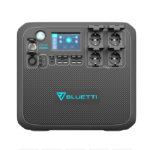
Power stations are an all in one solution that combines charge control (solar, mains/generator, and DC) with LifePo4 battery storage and AC and DC outlets, plus a variety of ways to charge phones and tablets. Unpack the kit, connect the solar panels and you are away. It really is that simple. Our basic kit includes a 2Kw inverter and 4Kw of LifePo4 battery storage. This is enough to get going provided that the inverter capacity is sufficient. 3 and 5Kw versions are also available.
Basic Kit
- 4 x Trina 450w rigid solar panels
- 1 x Bluetti AC200Max power station
- 1 x Bluetti B230 2Kw extension battery
- 1 x 10m cables to connect panels to power station
- 1 x set Y MC4 connectors to input panel output to power station
The basic kit can be upgraded with
Options:
- Additional 450w Trina solar panels (in pairs with all required cables)
- Second connector for solar power input
- Additional Bluetti B230 extension batteries
- Generator
- 3S solar water heating system
If you need inverter capacity greater than 2Kw, there are 3 and 5Kw versions available. Please Contact Us to discuss your needs.
Products for Own Consumption Sites
Our selection of the right products for off-grid houses, cabins, and tiny houses.
Next Day dispatch
Delivery in 5 to 7 working days
30 days money back guarantee
Our Selection for Off-grid, Own Consumption Sites, & Tiny Houses
ALL useful products are presented.
Click on one of the filter boxes below to see that product category only.
- Sale!
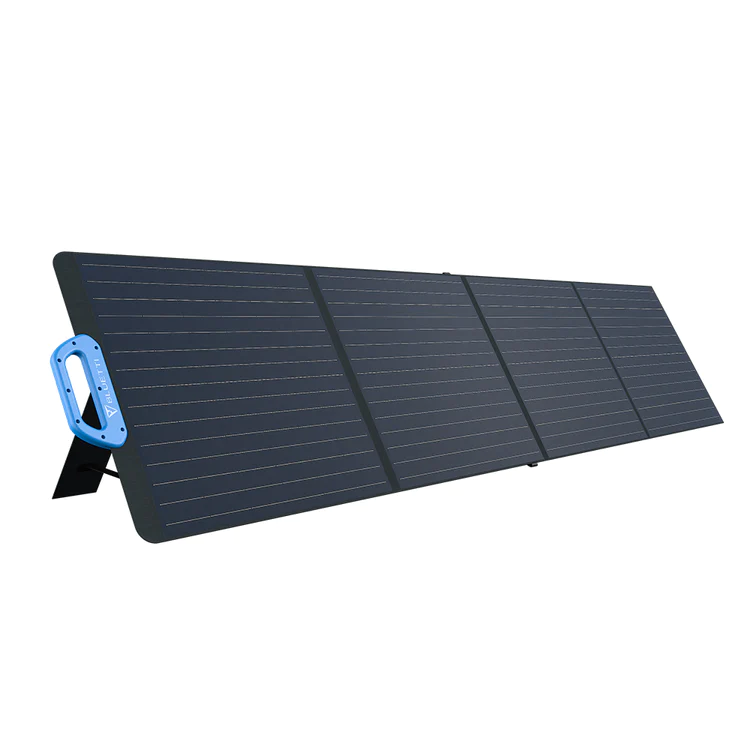
400w Zendure folding solar panel
€799.00Original price was: €799.00.€749.00Current price is: €749.00.€799.00Original price was: €799.00.€749.00Current price is: €749.00.6% Off
- Sale!

200w Zendure folding solar panel
€429.00Original price was: €429.00.€399.00Current price is: €399.00.€429.00Original price was: €429.00.€399.00Current price is: €399.00.7% Off
€2,999.00 – €4,499.00
- Sale!
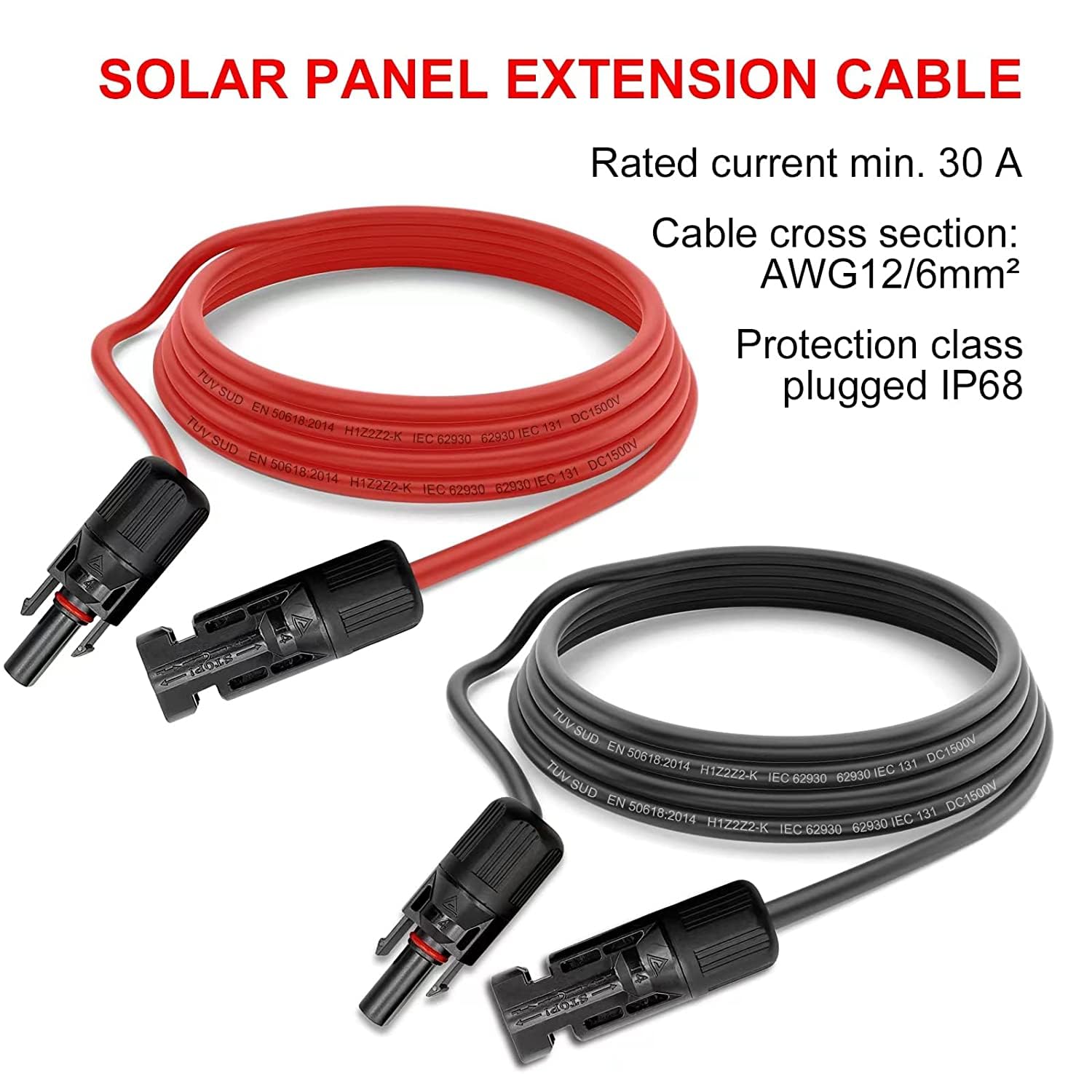
10m solar panel extension cables 6mm
€17.95Original price was: €17.95.€15.95Current price is: €15.95.€17.95Original price was: €17.95.€15.95Current price is: €15.95.11% Off
- Sale!
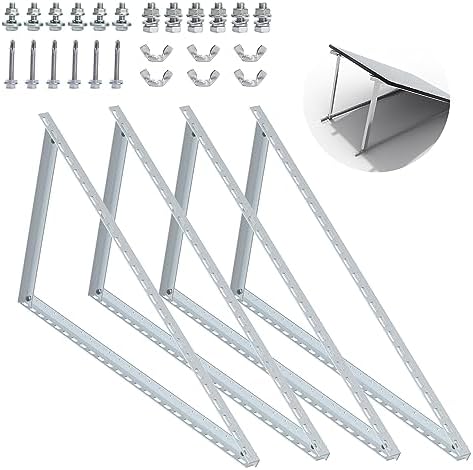
Outdoor solar panel support kit (2 panels)
€99.00Original price was: €99.00.€79.00Current price is: €79.00.€99.00Original price was: €99.00.€79.00Current price is: €79.00.20% Off
- Sale!
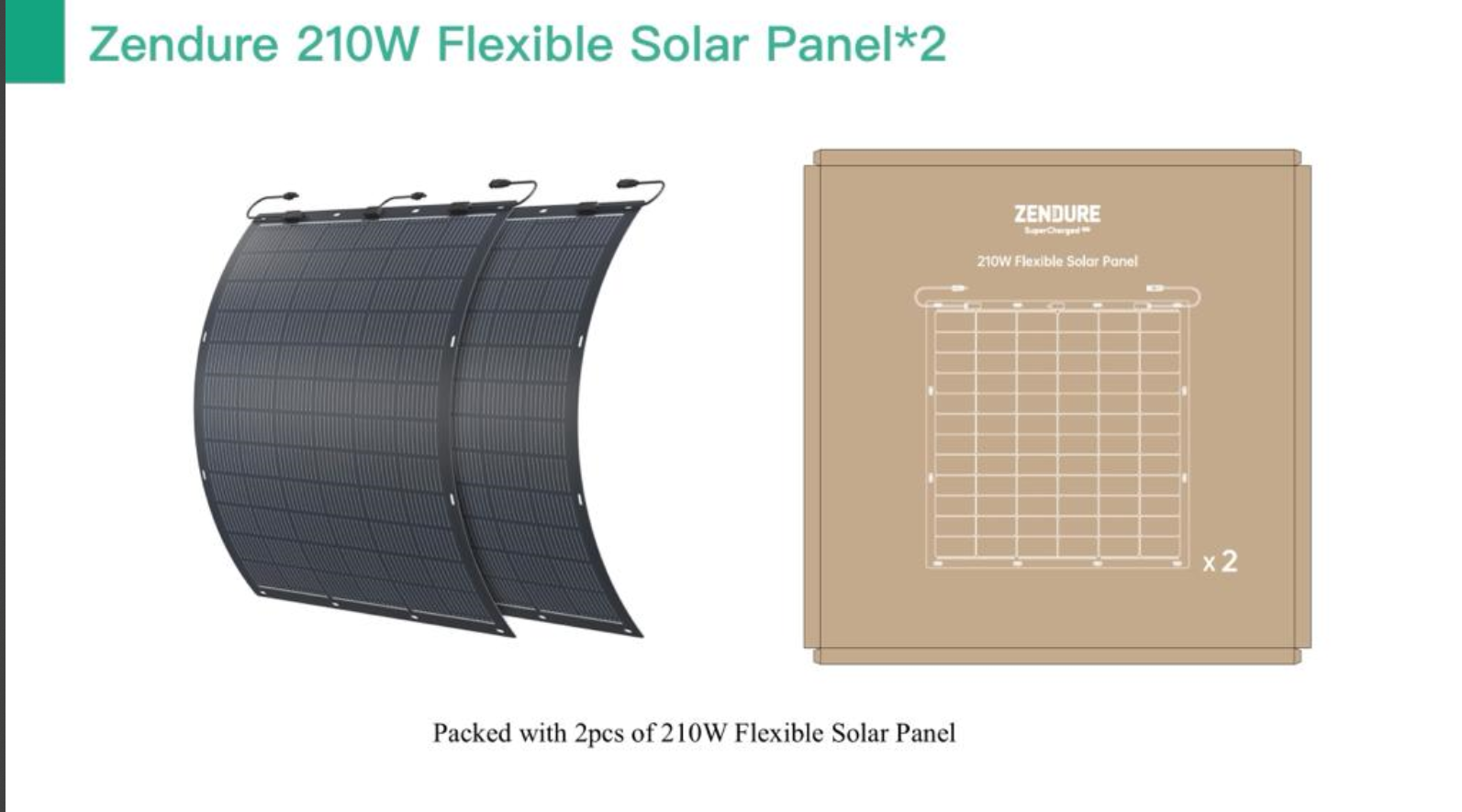
Zendure semi-flexible solar panels (pair)
€325.00Original price was: €325.00.€299.00Current price is: €299.00.€325.00Original price was: €325.00.€299.00Current price is: €299.00.8% Off
- Sale!

Konner Sohnen 3100 Petrol/LPG Generator Inverter
€749.00Original price was: €749.00.€699.00Current price is: €699.00.€749.00Original price was: €749.00.€699.00Current price is: €699.00.7% Off
- Sale!

Growatt 5Kw Hybrid Contoller/Inverter
€699.00Original price was: €699.00.€599.00Current price is: €599.00.€699.00Original price was: €699.00.€599.00Current price is: €599.00.14% Off
€2,595.00
- Sale!
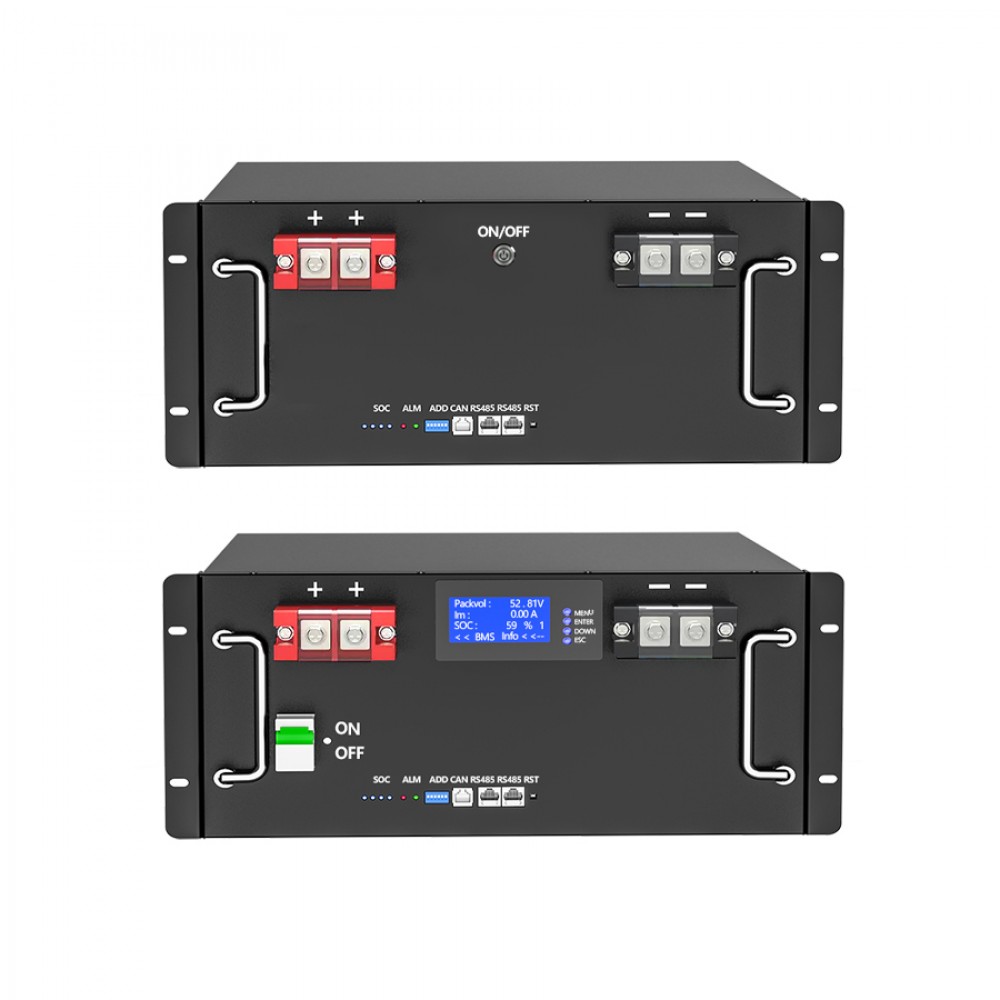
3S Rack 120Ah/5Kw 51.2 v Batteries
€1,399.00Original price was: €1,399.00.€1,249.00Current price is: €1,249.00.€1,399.00Original price was: €1,399.00.€1,249.00Current price is: €1,249.00.11% Off
- Sale!

3S Stackable 5Kw/51.2v Battery packs
€1,249.00Original price was: €1,249.00.€999.00Current price is: €999.00.€1,249.00Original price was: €1,249.00.€999.00Current price is: €999.00.20% Off
- Sale!
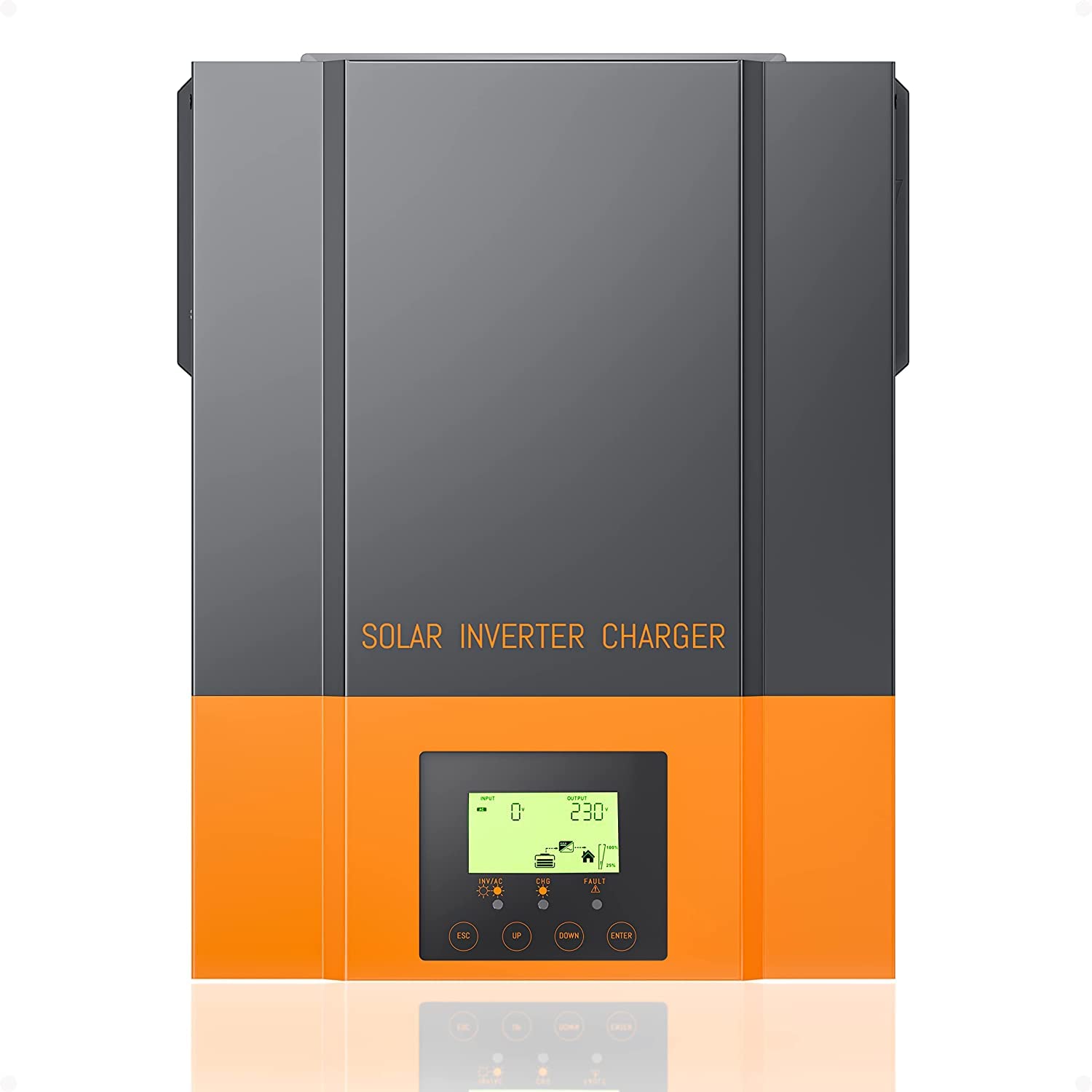
PowMr 12v/1500w Hybrid Inverter
€449.00Original price was: €449.00.€399.00Current price is: €399.00.€449.00Original price was: €449.00.€399.00Current price is: €399.00.11% Off
- Sale!
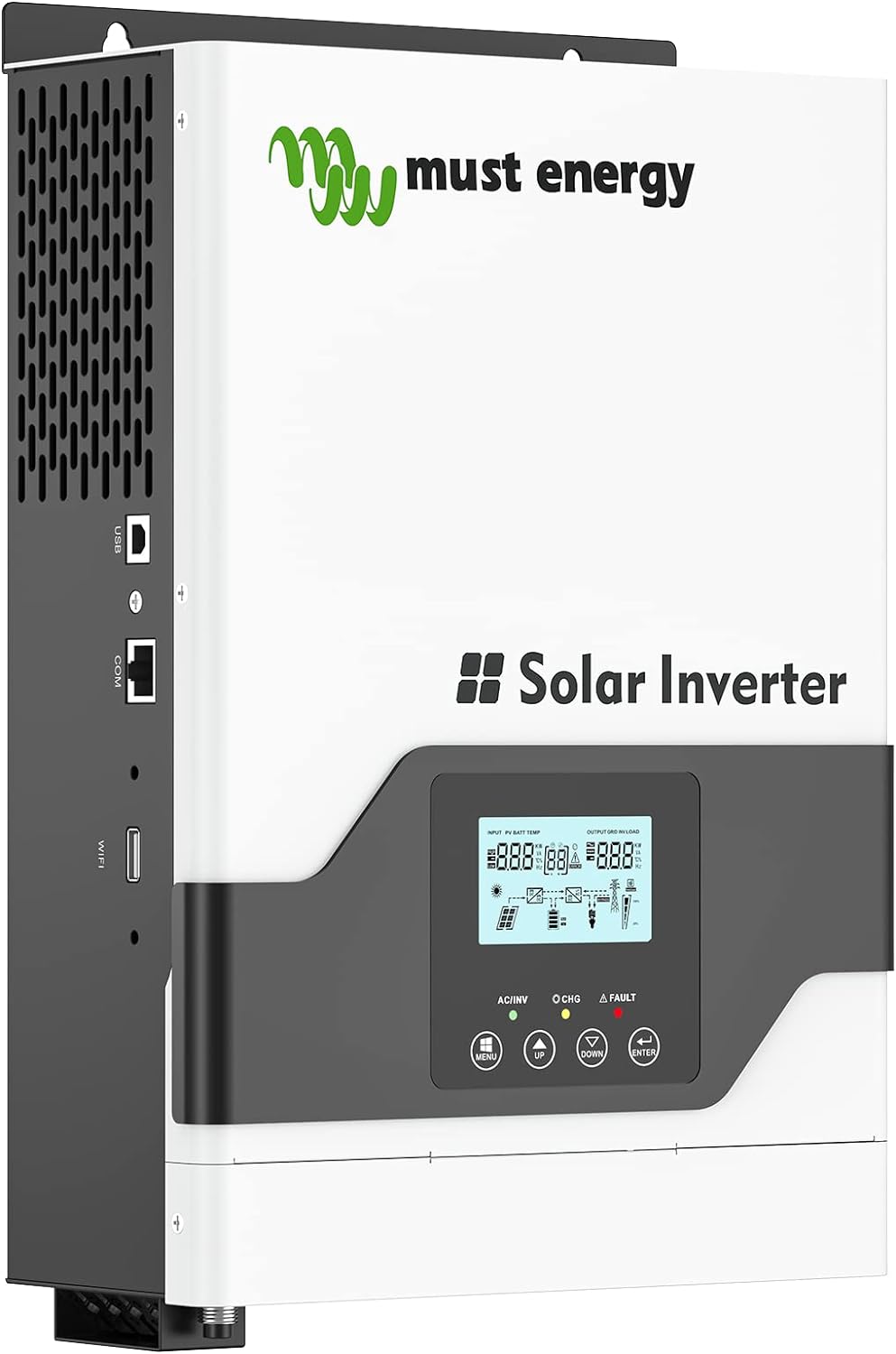
Must Energy 12v/1200w Hybrid Inverter
€369.00Original price was: €369.00.€349.00Current price is: €349.00.€369.00Original price was: €369.00.€349.00Current price is: €349.00.5% Off
- Sale!

350w Bluetti folding solar panel
€849.00Original price was: €849.00.€799.00Current price is: €799.00.€849.00Original price was: €849.00.€799.00Current price is: €799.00.6% Off
- Sale!

200w Bluetti folding solar panel
€449.00Original price was: €449.00.€399.00Current price is: €399.00.€449.00Original price was: €449.00.€399.00Current price is: €399.00.11% Off
- Sale!

120w Bluetti folding solar panel
€349.00Original price was: €349.00.€299.00Current price is: €299.00.€349.00Original price was: €349.00.€299.00Current price is: €299.00.14% Off
- Sale!
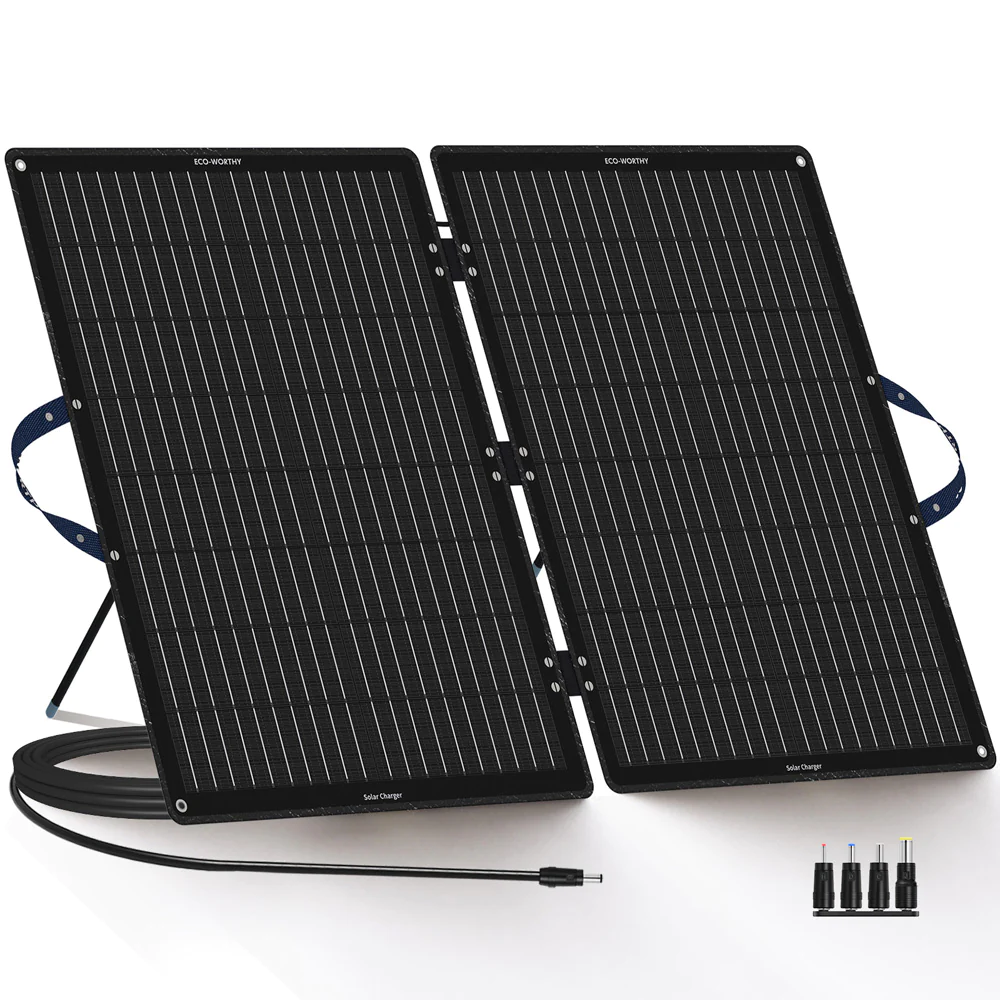
100w EcoWorthy folding solar panel
€179.00Original price was: €179.00.€129.00Current price is: €129.00.€179.00Original price was: €179.00.€129.00Current price is: €129.00.28% Off
- Sale!
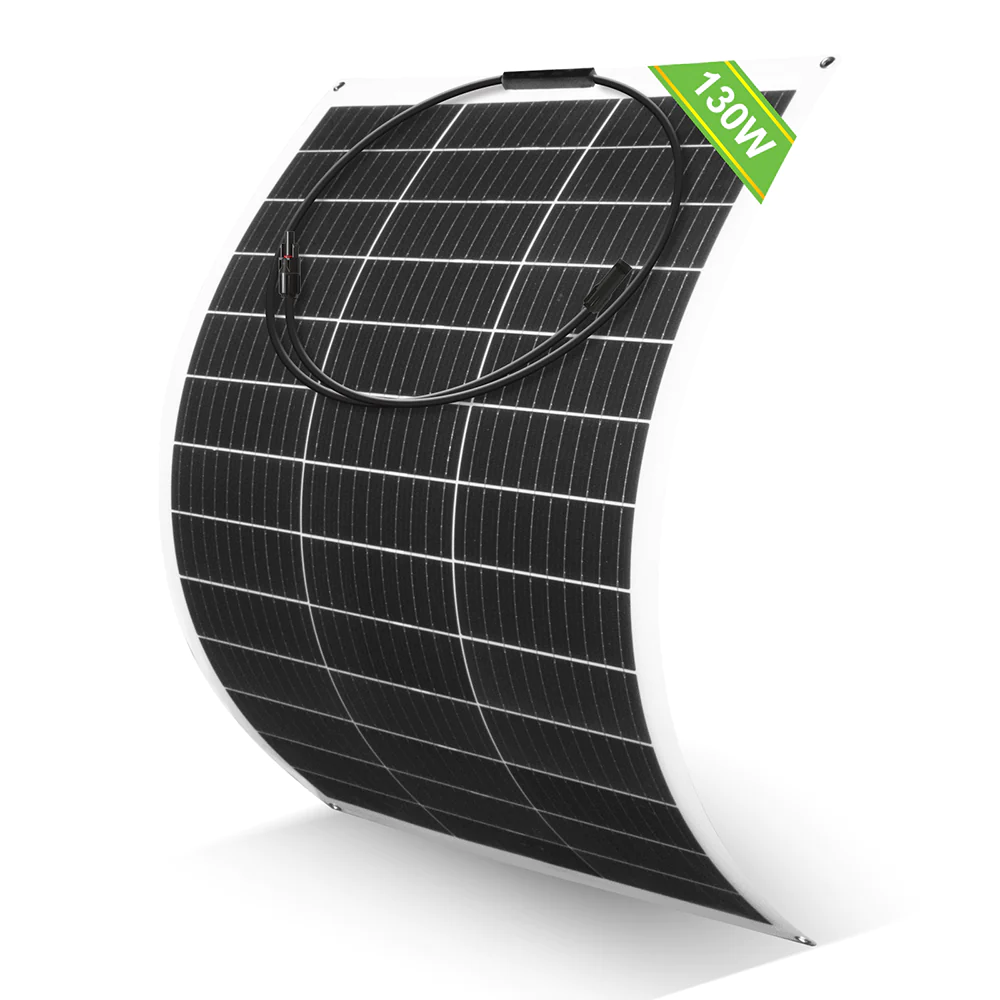
130w EcoWorthy flexible solar panel
€149.00Original price was: €149.00.€125.00Current price is: €125.00.€149.00Original price was: €149.00.€125.00Current price is: €125.00.16% Off
- Sale!

€275.00Original price was: €275.00.€249.00Current price is: €249.00.9% Off
€99.00Original price was: €99.00.€75.00Current price is: €75.00.24% Off
Recent News
Welcome to Super Solar Systems
Christopher Longmore2024-04-22T11:47:24+01:00Welcome to Super Solar Systems The successor to Green Yachting. [...]
Hybrid Off-grid Energy Solutions
Christopher Longmore2024-01-05T13:33:28+01:00We are continuing to accumulate experience in how best to manage the off-grid energy [...]

